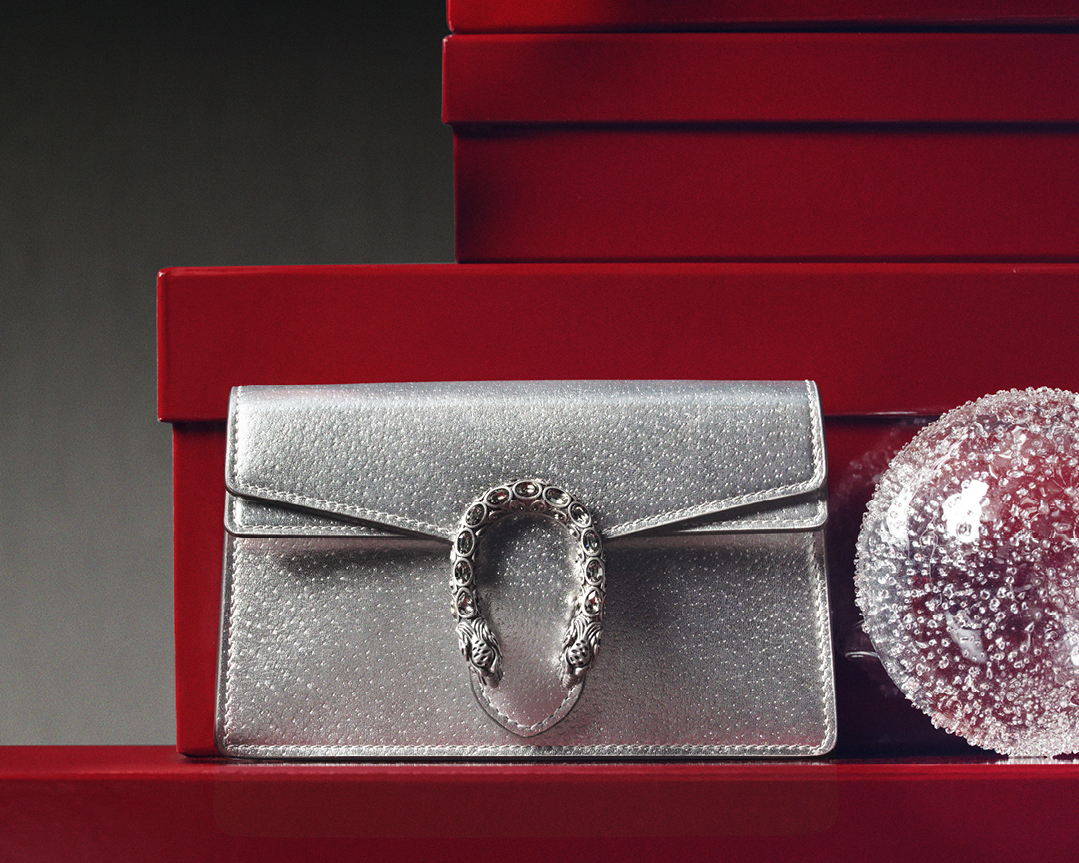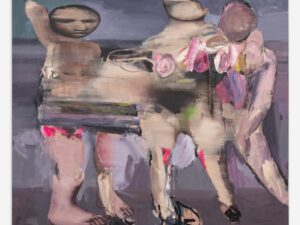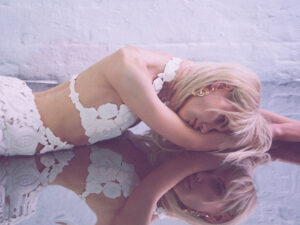It has been confirmed that Paris Fashion Week will go ahead in September, and most of its designers will be showcasing their new looks back on the runway. One of the designers who will have their return to an audience will be the creative director of Louis Vuitton womenswear, Nicholas Ghesquire.
Long Live Louis!
Louis Vuitton, founded in 1854 and known for its elegant designs and famous monochrome LV logo, embodies timeless luxury. In 1998 and while still under the helm, the sultry modernist Marc Jacobs was able for the first time to introduce the “prêt-à-porter” line for both men and women. After spending 15 years as artistic director, Jacobs bowed out. It was left to Nicolas Ghesquière, a serial futurist, to became the brand’s successor in 2013. Today, Ghesquière continues to bring his own unique vision to the brand while keeping true to the houses’ roots in high-quality garments and products.
To celebrate both designers’ work and their contribution to Louis Vuitton’s success, here is a look back at the two different yet trail-blazing forces that changed the fashion industry, then and now.
That 70’s show! Embellished leather overcoats with rounded collars was all the rage for Vuitton Fall 2012 collection by Jacobs. Followed by Ghesquiere’s reduction of his 70’s dial-up presenting funky fresh A-line coats with hiked- up hemlines in exuberant colors.
The shift dress is the quintessential piece for a women’s wardrobe, think basic day-to-night attire. However, a shift dress by Louis Vuitton is anything but basic. Ghesquière’s Resort 2015 debuted shift dresses with exposed front zippers, in floral prints and leather trimming which speaks to our time of fashion and technology today. Jacobs presented the same style that had the same relevance in Spring 2006.
Louis Vuitton is notorious for its giant Damier – which means checkerboard – leather canvas monogram that is featured on almost all of its leather accessories. The iconic print was translated onto garments in poppy colors in Jacob’s Spring collection as an ode to the house’s visual aesthetic. Three years later, Ghesquiere’s Fall 2019 collection elevated this approach in soft leathers.
Fur and leather embody all things luxury. Here both Ghesquière and Jacobs created and power dressed the independent women who wore clothes for her own satisfaction. What could be more man-repelling than a fox fur vest to cover it all, paired with loose leather trousers? Both Fall 2008 and Fall 2017 collections played with the idea of durability and practicality of the two most coveted fabrics.
Here the classic A-line dress shares cool intricacies: you have a much longer and subdued silhouette with sequins embroidery for the intellectual gal by Ghesquière versus the sexy and exuberant lamé version from Marc Jacobs. Choose your poison. Both looks have their coherent origins in old cults shaping both Spanish and Asian traditions.
Clutch me, baby! Nicolas Ghesquiere, among most designers, is an acclaimed historian. He knows what works and when it is relevant; to go as far as to dive into the house’s archives to recreate this ‘charming’ rectangular clutch that is uncannily similar to that of Marc Jacobs’ designs that were four years prior.
What’s a leather house without a leather dress? We love leather, but red leather is all the more glamourous when shortened into a mini dress. Here both designers showcased their vision of sex appeal for warmer climates.
Text: Donovan McClenton



